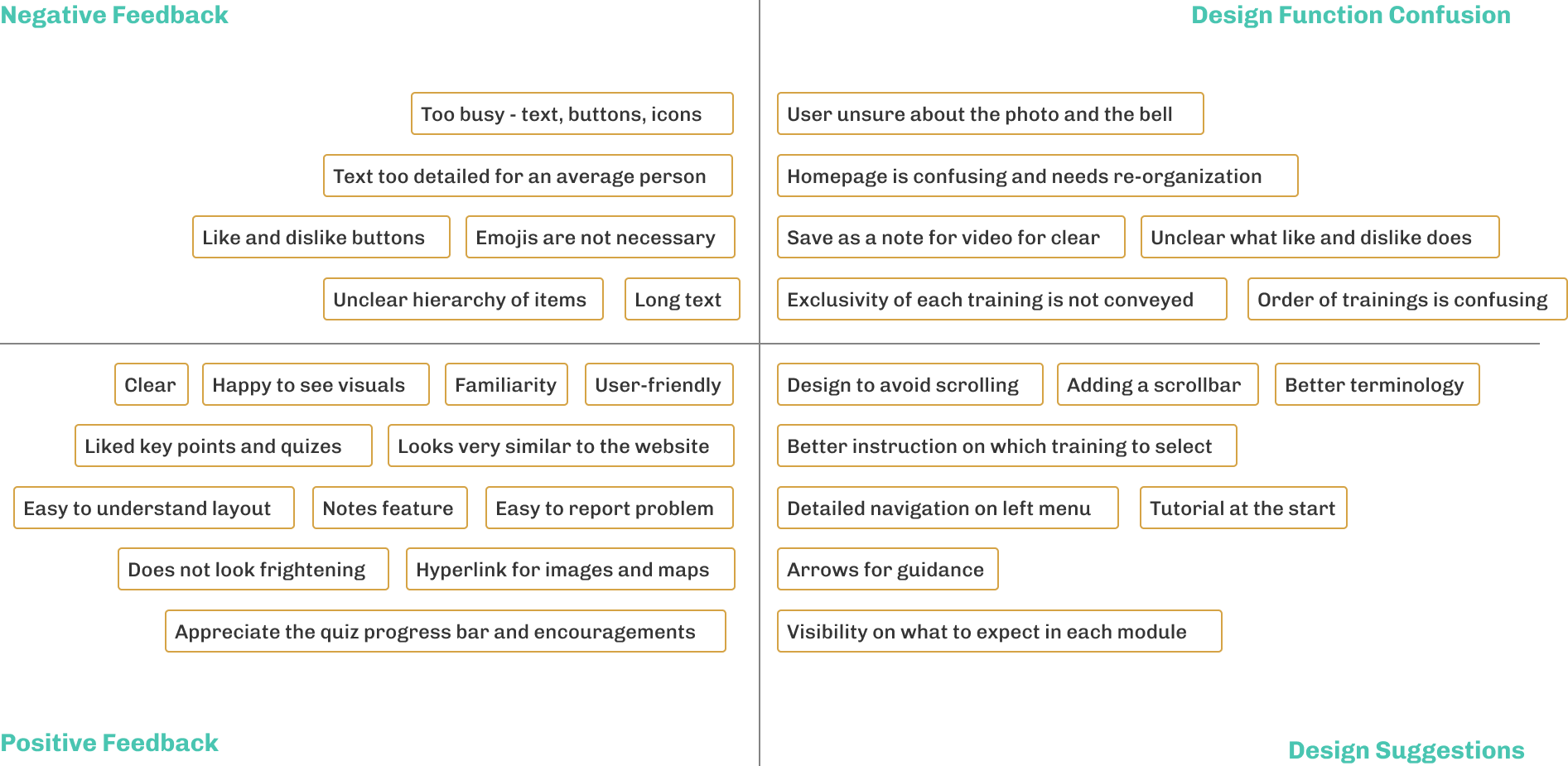TFGH • Creating an interactive training solution for the CGHE.
User RESEARCH/DESIGN/edutech
Background
The Task Force for Global Health (TFGH) is an international nonprofit organization that works to improve the health of people most in need, primarily in developing countries. TFGH consists of programs and focus areas that address various global health concerns.
Role
UX Researcher & Designer
Duration
January 2023 — May 2023
THE PROBLEM
For this project, we collaborated with the “Coalition for Global Hepatitis Elimination” Program. The Coalition for Global Hepatitis Elimination (CGHE) has developed a 60-page toolkit to provide background, data, and best practices for introducing a hepatitis birth dose program in African countries. CGHE wanted us to explore options for how to communicate the content in ways that are most accessible and understandable to public health professionals in African countries.
THE SOLUTION
An eLearning platform that conveys training and decision aids information about the importance of Hepatitis B birth dose vaccinations for newborns to prevent Hepatitis B and liver cancer in later life.
TARGEt users
SECONDARY RESEARCH
We conducted a literature review and analyzed existing practices to gain knowledge about the process of implementing Hepatitis B-BD vaccination and examine best practices for the design of online learning.
SURVEY
We surveyed 26 end-users from different backgrounds and roles. Our main goal with the survey was to get feedback from users about their experience and interaction with the existing toolkit:
To identify usability challenges with the existing toolkit.
Evaluate what content is relevant/important for users.
Understand user’s navigation and format preferences.
survey findings
SPRINGBOARD SESSION WITH THE TASK FORCE TEAM
After understanding our user’s challenges with the PDF toolkit, we wanted to speak to our users to understand how they use this toolkit daily and what are some things they would like to do that they cannot do with the current design.
The biggest challenge here was access to our primary users — NITAGs. NITAGs were located in Africa, and despite our best efforts, it was difficult to schedule interviews with them in the time frame we had for research.
Since we could not get access to our intended users, we had to get creative with our research method — we decided to involve the group that created the NITAG toolkit. This included the director, associate director, and epidemiologists at the Coalition of Global Hepatitis Elimination organization.
Method Details:
A springboard is a one-sentence headline of any thought or connection that begins to address the problem, opportunity, or task headline.
A springboard starts with “I wish….” or “How to…”, followed by a short elaboration.
🎯Elaborate to…
Focus the attention on the essence of the thought offered
Enable the facilitator to record the thought quickly in the participant’s own words
Permit time to tell what the thinking is behind each offer
💡I wish... or How to...
Avoids the need to defend an idea
Deters the group from making judgments
Increases the level of speculation
Allows “bits and pieces” of ideas to be voiced
Here’s what people said…
synthesis
We analyzed the “springboards” by categorizing them in a HOW-NOW-WOW matrix.
key findings
Topics of priority for healthcare workers and policymakers are separate, and their interests differ.
Users found the toolkit too long, difficult to navigate, and found some information repetitive.
The current format of the toolkit feels less like a tool and more like a text.
Users would like higher engagement with the toolkit.
Users would have liked to spend less time reading the toolkit and wanted to locate relevant information quickly.
prototype
To view the design prototype, go to Toolkit for Introduction of Hepatitis B Birth Dose Vaccination in Africa.
heuristic evaluation
We conducted a heuristic evaluation with 4 participants on Miro and Figma. Utilized severity ratings and comments on screens for analysis. Based on the ratings assigned by the participants and comments during the think-aloud, the three most prominent heuristics were:
usability testing
We did usability testing with 8 participants — 5 Task Force for Global Health employees, 2 CDC staff, and 1 Zimbabwe NITAG.
















